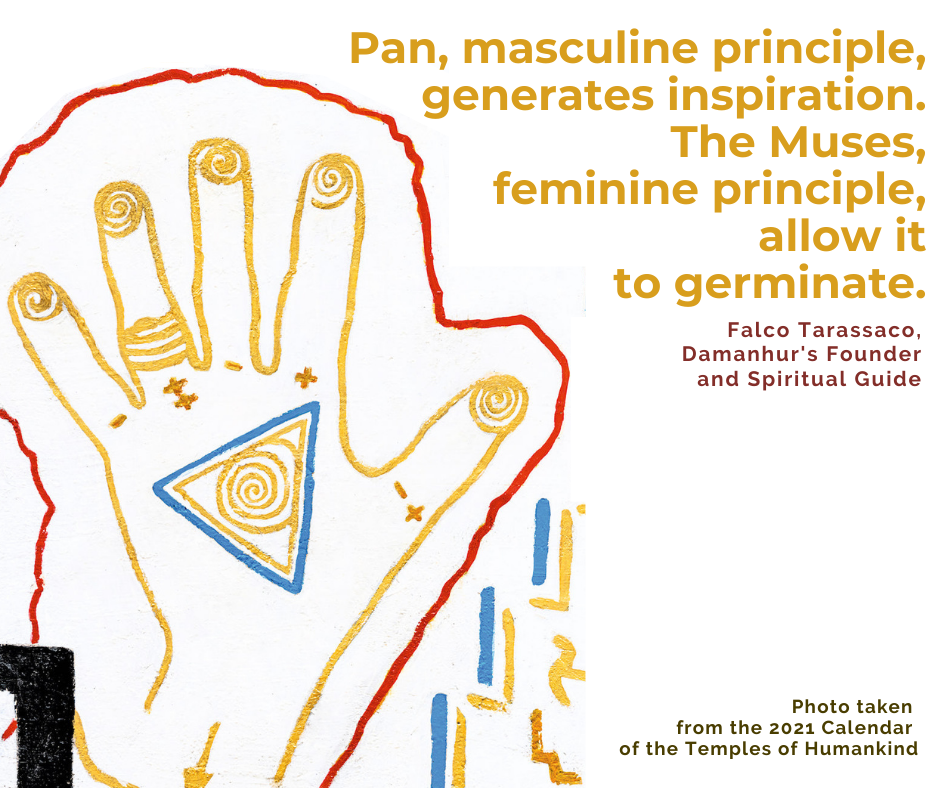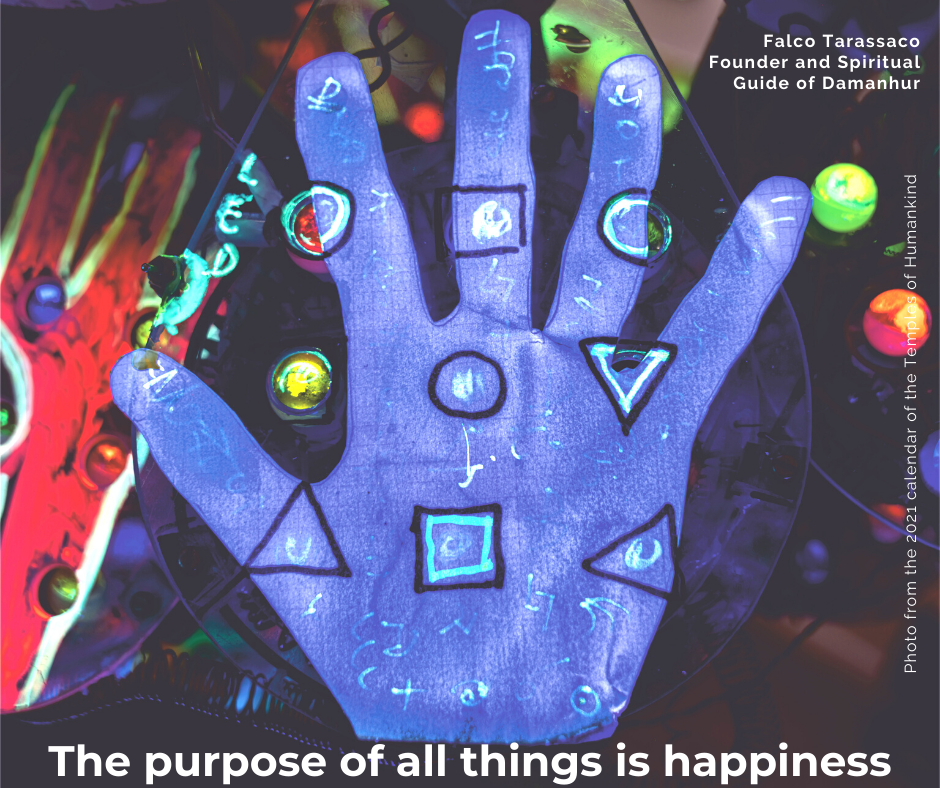The value of Nativity | use the days outside of time to create the new you

If you found yourself in one of the countries where western culture is prevalent, chances are today you are immersed in a festive atmosphere, surrounded by family and loved ones, sharing a meal and exchanging gifts.
Have you ever wondered what may be so special about this day? Why was this date chosen to become a reminder to rejoice and spend time together, bestowing gifts upon others?
The time-consuming social practices for some overshadow an ancient significance that these days carry.
In Damanhur and various ancient traditions, the day of Nativity, sometimes falling (but not always!) on December 25, marks the beginning of so-called Epagomenal days, days outside of time, days when Gods are born! And not only the external Divine creatures we are used to perceiving as Gods, but most significantly, those that live within ourselves. Creative energies inside of us that are waiting to be born!
Where do the Epagomenal days originate from?
A few days ago, I heard a phrase in a movie: “the World is made of stories.” I could not agree more! Everything we do, everything we consider sacred, and our every move originate in a story. Most of them we have heard a long, long time ago, while others we never heard but were transmitted to us through a means of communication more potent than words – actions!
Likewise, the celebration of Nativity originates from a story. Western culture tends to connect it to the birth of Christ. But what if it originates from a culture much older than Christianity? Let’s go back to Ancient Greece… Or in fact, let us travel even further back in time – Egypt. We stop here only for practical reasons. The myth that interests us has been transmitted to us by Plutarco and is set near the Nile river. However, we could find similar stories in ancient Babylonia or even more ancient civilizations.
Those magical five days outside-of-time
A long, long time ago in ancient Egypt, or maybe happening right now, the mighty Ra, the deity of the Sun, is punishing Nut (Goddess of the Sky) for having united with Geb (God of the Earth) without his consent and oops… getting pregnant. His curse bestowed upon her, ‘You shall not give birth to this child on any day of the year.’ Nut’s friend Thoth (God of Wisdom) solved the problem in an unorthodox way… with gambling. He invited the Moon God for a game of checkers. Winning the game bought him a fraction of divine moonlight. Thoth winnings gave him five days to add to the original 360 days-long year, allowing Nut to give birth to her children on these “not in time” days, thus eluding Ra’s curse.
Why should we care about these five days?
To be precise, they are actually six days on leap years. And it matters to us all since these days are hidden from the opposing forces. But opposing to what exactly? Simple: To the birth of new creations. The same scene described in these myths took place in time immemorial, but it continues to replay in this instant as well. There is always an unborn ‘creative child’ (and often more than one!) that each of us bears; for one reason or another, childbirth may not be happening on any day of the year… Well, now is the perfect moment to allow these children to emerge finally! Your creative endeavors—possibly the fruit of the union of forbidden forces—are now free to see the light.
How can you take advantage of this time?
Falco, the founder and the spiritual guide of Damanhur, suggested a straightforward but powerful tool for all Damanhurians (and you as well) to use: The Letter of Intent.
Falco’s recommendations in compiling the Letter of Intent were short and sweet.
- Describe a list of your desired objectives;
- Consider a duration of one year;
- Remember to re-read on a weekly or monthly basis;
- Write the letter with pen and paper (avoid typing);
- Set some practical actions for every single objective and…
- [the most important thing] Act!
Perform the first action for every objective you set within those five days. These actions don’t have to be complex or elaborate; they can be as simple as making the first step (talking to that person, taking that course, writing that article…)
When do the Epagomenal days actually start?
No, it’s not December 25 (at least not this year). The actual Nativity should be calculated yearly based on astronomical and astrological conditions.
This year Nativity starts on December 28, and if you are close to Damanhur, you could drop by to celebrate it with us.
In Damanhurian tradition, even the duration of the Epagomenal period is different than what the tradition says. We ‘extend’ the time and make them last longer. How do we make that happen? Well, imagine this timeframe being a wave; an experienced surfer can ride the same wave much longer than a beginner. Imagine time being a measure of experiences and not seconds.
How can you make them last longer?
Making the best of them! Writing down the Letter passionately, making the first steps, being aware that these days are unique, and being grateful that they are here. Thot (symbolizing wisdom) won those five extra days so that all of us could give birth to our creative endeavors more easily.
Have you already decided to write your Letter of Intent? Let us know in the comments bellow. And share with us your strategies to ensure that your creativity shines.







Responses